Chris Davidson smiles as he describes a trek through the forests of Malaysian Borneo. He and his wife, Sharon Christoph, had just heard rustling leaves. After scanning the canopy, they saw large, hairy, red forms: an orangutan.
“This orang was eating the fruits off a small tree related to litchi and longan. It was just magical. It was almost as neat as seeing the forest’s plants,” he says, then grins. “Almost.”
He’s not joking. Davidson and Christoph have been on an epic scientific quest to photograph and document every flowering plant journey on earth. It’s a journey that has taken them to 45 countries, and from the deserts of Namibia to the mountainous, temperate forests of Yunnan. Along the way, they’ve collected plant samples for dozens of herbaria and documented numerous undescribed species.
And they’ve taken digital photographs: Currently more than 195,000 images of flowering plants are featured on their web site, Flora of the World.
“Oh, we’ll take pictures of birds and mammals…if it’s convenient,” says Christoph. “But that’s not why we’re there. Once in a while we end up in a park with mandatory guides, and they assume we’re there for the birds. But we’re looking elsewhere. We’re there for the plants.”
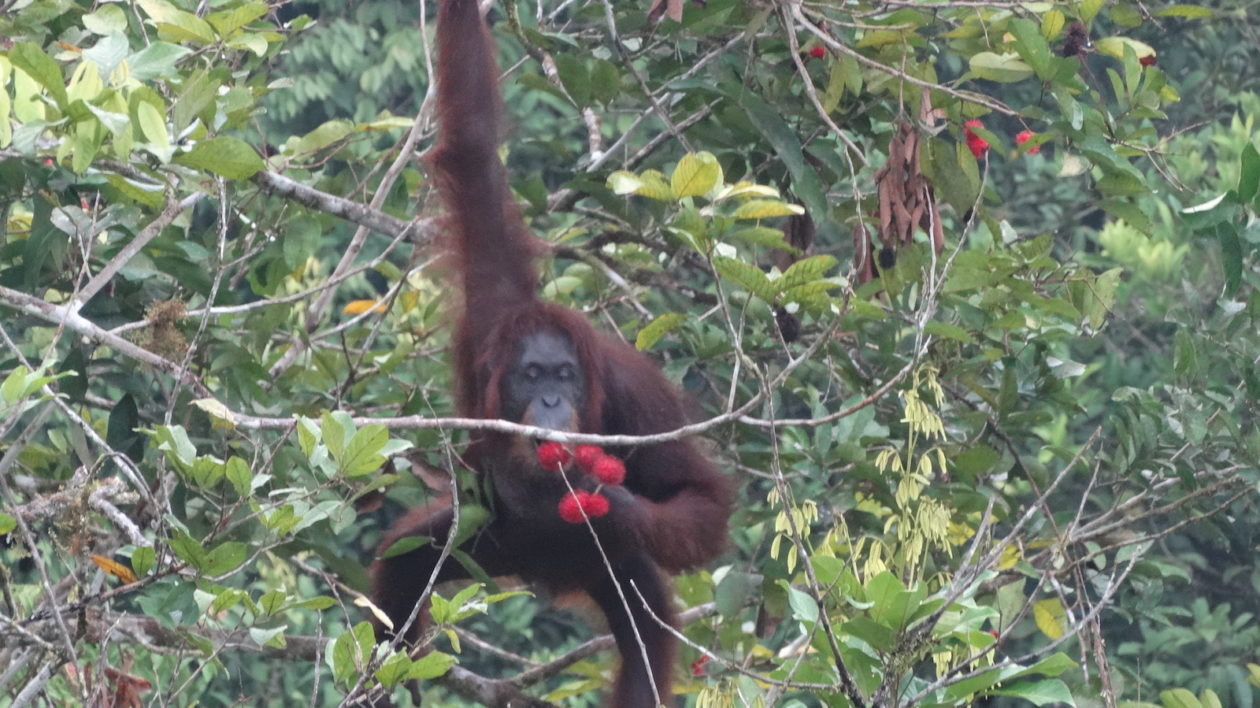
The Roots of an Obsession
Chris Davidson grew up in Boise, Idaho among a family with “green thumbs;” they enjoyed landscaping and gardening. His stepfather designed and maintained a garden in the resort town of McCall, Idaho, that is still enjoyed by visitors. “He loved growing plants and taking care of them,” Davidson says. “He had a vision for this garden. How pleased he would be that people still go there and enjoy what he designed.”
Davidson was drawn to biology classes in college, and immediately started seeing an opportunity to delve more deeply into his love of plants. Many fellow students pursued careers in molecular biology but he realized there were still interesting questions to be answered in natural history.
“The natural history is needed to provide a basis for the molecular work,” he says. “I found that there were still questions that I could research and sink my teeth into.”
He pursued a Ph.D. in botany, with field work that took him to Malaysia for six months. Around the same time, he began collecting and reading books by early botanical explorers, and their adventures further ignited his growing interest to travel in the search for plants. His first professional position, as a curator of botany for a Los Angeles museum, afforded him the opportunity to travel widely to collect specimens.
He then returned to Idaho and started the Idaho Botanical Garden in Boise. There he met Sharon Christoph, who was volunteering at the garden as a docent.
Soon, they launched their ambitious project to digitally document every flowering plant family on earth. Their web site serves as an unparalleled resource for researchers and botanical enthusiasts, with in-depth photos of many thousands of plant species.
There are currently approximately 430 families of flowering plants on earth (although that number is subject to change, due to taxonomic shifts). Davidson and Christoph have photographed 415 of them.
“We’re after diagnostic images,” says Christoph. “We photograph not only the flowers but the fronts and backs of leaves, the leaf margins, the hairs, the habitat, anything that could be of potential use to researchers. We try to make sure that the images are complete enough that you can use them to identify plants.”
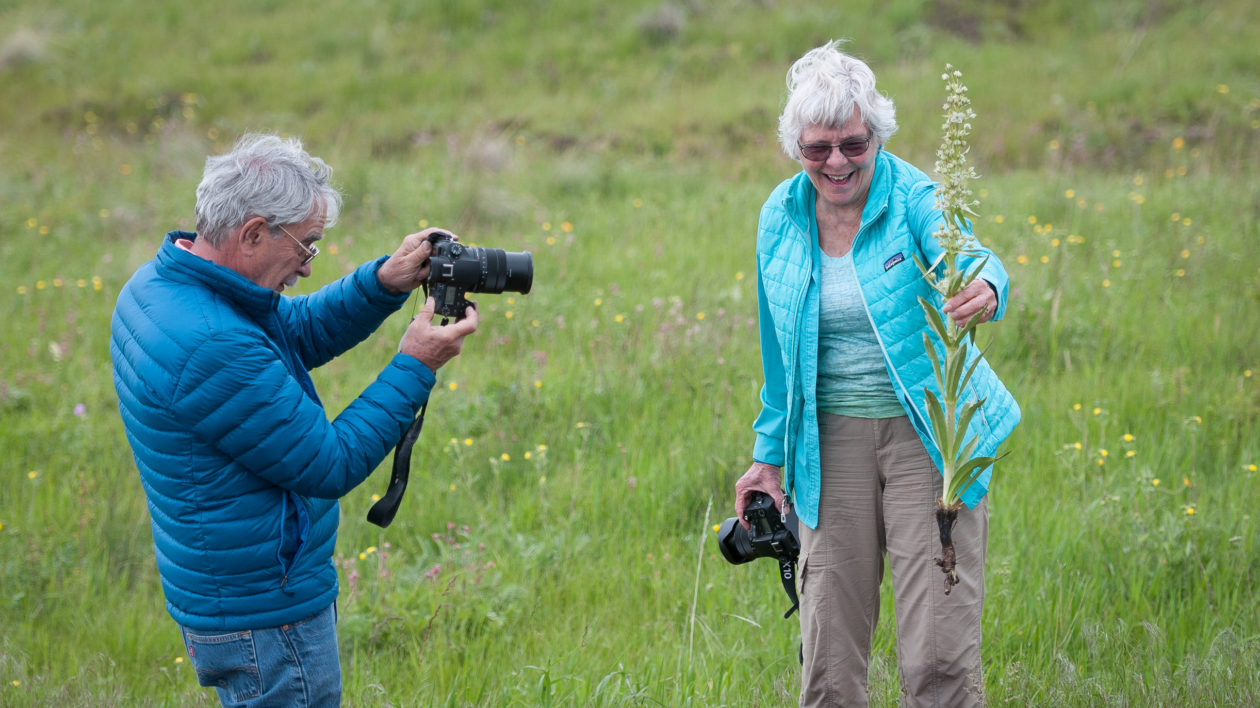
Chasing Flowers
I’ve spent a fair amount of time in the field with and interviewing wildlife biologists, including those who follow everything from chimpanzees to migrating fish to timber rattlesnakes. And often, when they’re having a difficult time, you’ll hear them envy their colleagues who specialize in flora. “Plants don’t move.” is a common refrain.
Which is true. But that doesn’t mean finding them is easy, particularly in thick rainforests with literally thousands of species. “It can take us two hours to cover 200 meters,” Davidson says. “We walk very, very slowly.”
Some areas are rich in new flowering plant families; on the Pacific Island of New Caledonia, for instance, they found a whopping 17 families new to their website on one trip. But that island is noted for its endemic plants. More often, they’re traveling great distances to see one flowering plant. And due to weather or other factors, that plant may not be flowering or fruiting.
“We do our homework,” says Davidson. “It takes a lot of energy to plan a trip and we don’t get skunked very often. Fortunately, we almost always have domestic and/or foreign colleagues with us. We also work closely with botanists at gardens, reserves and national parks.”
On one trip to Peru, they searched for a flowering plant in the genus Lissocarpa. They had driven ten hours through rivers and under waterfalls. They had taken a boat up a whitewater river, and then hiked in slick, muddy terrain. They finally climbed up a steep hillside in pouring rain. At last, they reached the tree.
“It was in bud. It was not flowering, it was budding,” says Davidson. “In bud doesn’t count. It isn’t enough for a digital documentation.”
The Peruvians they were traveling with collected a few budding branches for their herbarium, and they trekked back to camp. “When they opened the bag, there it was, it had opened up and was in flower,” says Christoph triumphantly. “And it was a new species that has yet to be described.”
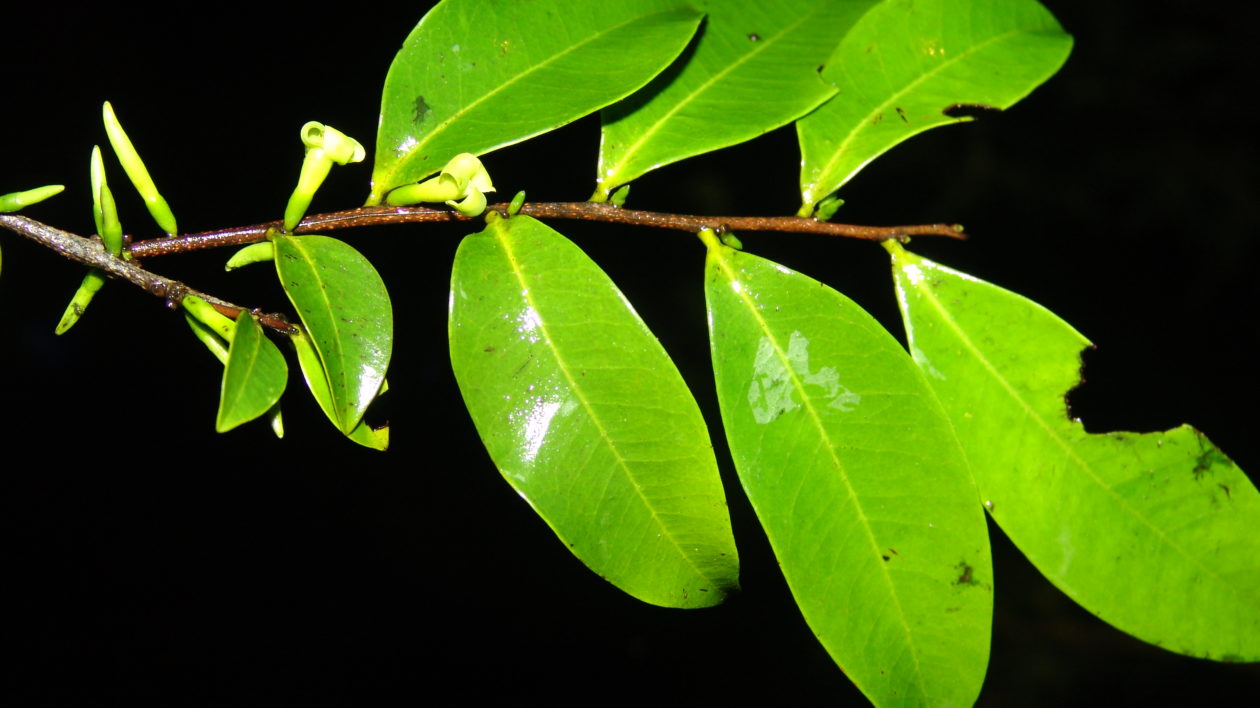
And even when plants are in flower, they’re not always obvious. On a recent trip to Sichuan, they sought a plant, Acanthochlamys bracteata, the only member of its family found in Asia.
“It looks like a clump of grass,” says Davidson. “But if you can get your nose into it, you can see the tiny pink flowers.”
But plants like this are of special interest. “Most of the members of its family, Velloziaceae, are found in tropical Brazil,” says Davidson. “There are a few genera in Madagascar and some on the African continent, but not many. This one is in high-elevation China. We document these disjunct distributions that may reflect continental movements, or that document how plant families have radiated into a variety of habitats and landscapes.”
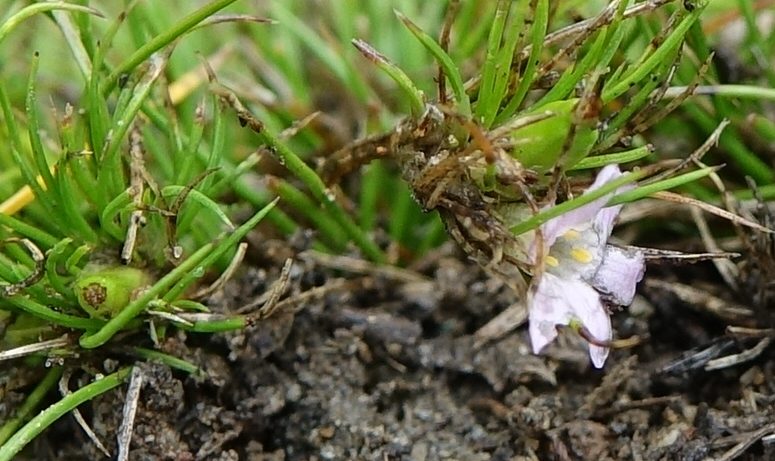
Point and Shoot
Finding the plant can be the most difficult part of an expedition, but Davidson and Christoph put tremendous effort into photographing each find. However, they emphasize that their goal is not to take beautiful floral photographs; they want each image to be useful scientifically.
“We use little point-and-shoot cameras,” says Christoph. “We don’t have the time for strobes or specialized gear. We are often walking in difficult terrain. We need small cameras that can capture the images quickly.”
Both photograph each plant. “We each have a different focus,” says Christoph. “Chris is focused on the flower and the fruit and all the detail. I’m focused on how it looks in the field, its habitat and context.”
They usually restrict expeditions to two or three weeks in the field. This is in part because finding, photographing, identifying and collecting plants takes intense focus. And in part, it’s because each trip results in thousands of images to review. A trip to Pacaya-Samira National Park, an especially biodiverse reserve in the Peruvian Amazon, resulted in 10,500 images.
The most diagnostic images are featured on their website, accessible for all. “It can be an overwhelming project,” says Davidson. “But it’s a project that I hope continues after we’re gone.”
Lately, the Davidsons have also taken field trips to Nature Conservancy projects closer to home, including Idaho’s Flat Ranch Preserve and Garden Creek Ranch and Oregon’s Zumwalt Prairie Preserve. Not coincidentally, each is known for stunning spring wildflower displays.
“We really love visiting these preserves,” Davidson says. “It’s clear that they make people aware of the value and feasibility of protecting nature sustainably. The Conservancy shows that it is possible to work with a variety of landowners and local communities, and that they can protect land and nature together.”
Even after seeing literally thousands of flowering plants, both admit that they still get excited when they see a new species. When I spoke with them, they had just returned from a trip to Namibia, where they saw a fertile Welwitchea mirabilis, a gymnosperm that produces seeds in the driest part of the world’s driest desert. Davidson beams as he describes it. While it isn’t a flowering plant, it’s something of a celebrity in the plant world, and a great floral find.
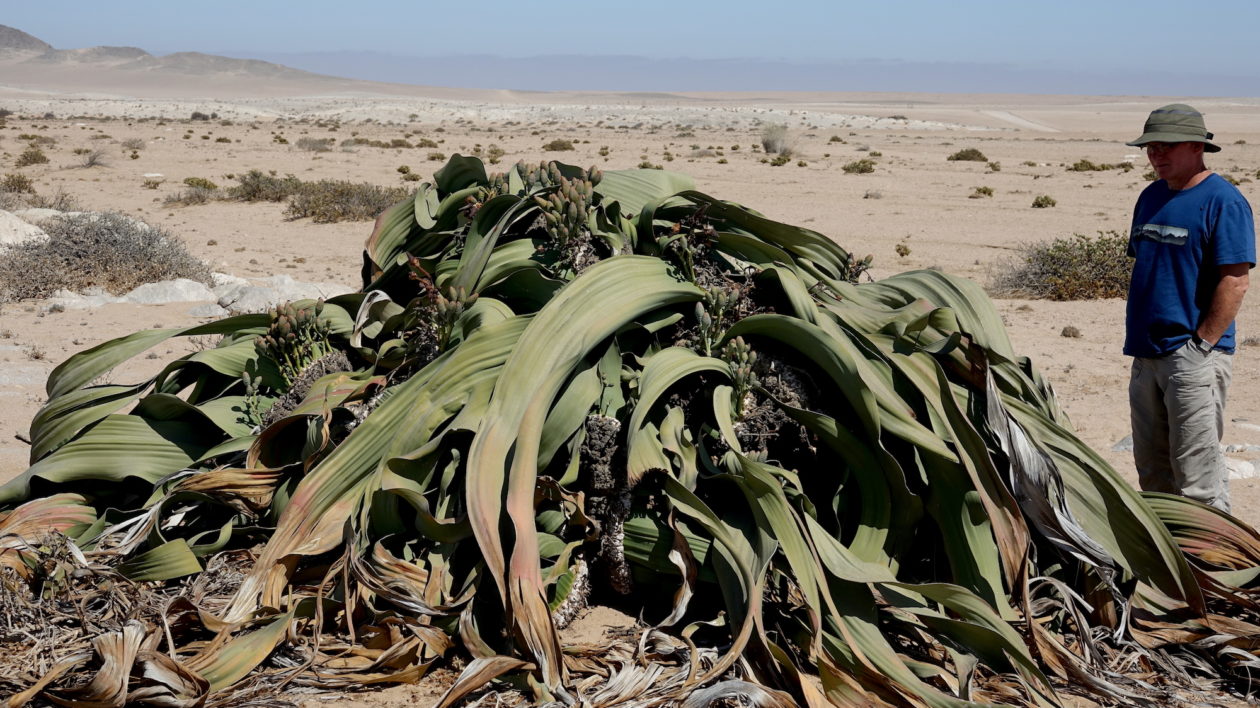
“He has dreamed of seeing some of these plants for most of his life,” Christoph says. “You should see his face, the joy in his face, when he sees one of these plants in full flower.”
That joy is apparent on Davidson’s face at this moment, just recalling the memory. “I have a passion for what we do, and I want it to serve a scientific purpose,” he says. “But I also get a complete buzz seeing these beautiful plants in the wild.”
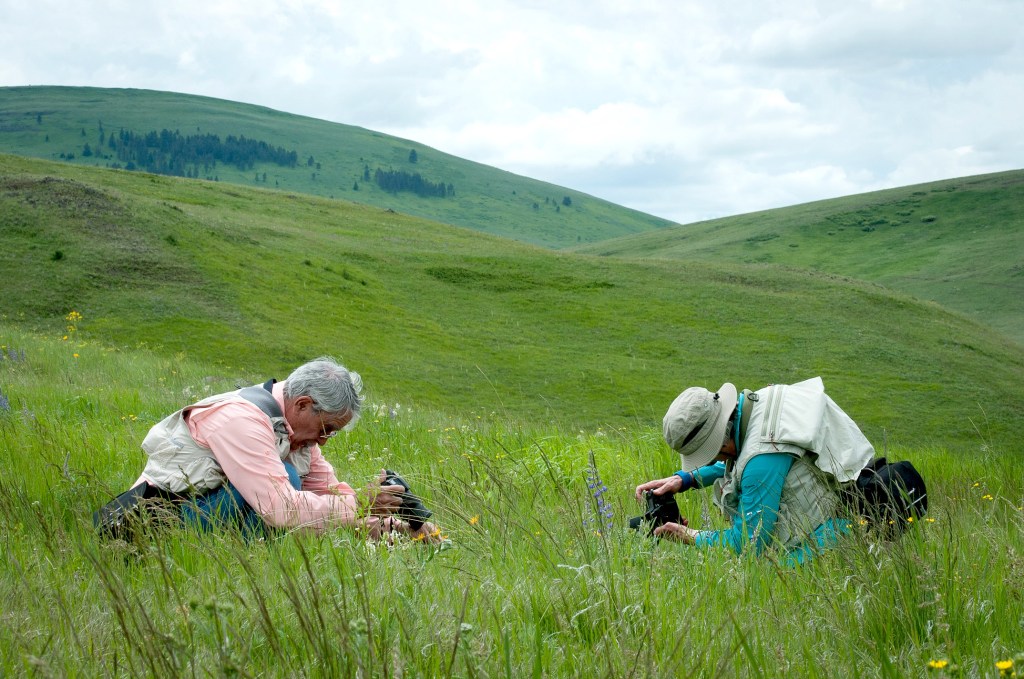



Thank you, Chris D. Sustainability with native plants protects our precious planet
Protect all the Floweres now and forever.
If I have an opportunity, I would like to travel with them. But their website e-mail can not work. Could you help me to tell them?
The Davidsons’ documentation of flowering plants reflects what my husband andI enjoyed for twenty years before he died. Now I have several thousand pictures of plants on hand from every state of the union, mostly from State and National Parks. The problem is—they are all slides. I wonder if what I have would be of value to anyone? My family may just toss them after I’m gone, but they are really beautiful and in full color, showing up great on a screen. Any suggestions?
Hi, Laverne,
The slides have great value and can be scanned into a database like ours with little difficulty. The only issue is that it’s time-consuming to scahn them. I have a slide scanner that allows me to scan a number of slides in sequence, but I haven’t used it for a long time. Next summer I will deal with this task as well as scanning in a large number of prints that I have accumulated over the years. Many of my slides and prints are from areas that no longer have any native flora left. They will make valuable additions to the website.
That’s similar to what I am also doing in retirement as an amusement. I also have the same attitude to point and shoot an take photos for ID. But therein lies the rub. There is little written about photographing herbs (medium sized flowering plants) for ID and would love to see an article on that. Even a checklist of the priorities about what to record would be helpful to the naive like me. Many plants can be IDed from a photo and that is good enough for some purposes.
Cheap digital photography is an enabling technology which is under-exploited because of overly cautious attitudes in Botany.
iNat PeterRWarren.
Wow great work!
How can i find out what areas you have visited and where can i find out what has been documented. Am interested in the flowering plants of East Africa
Hi Matthew.How do I get hold of Chris Davidson?
The best way is through their web site, floraoftheworld.org. The site appears to be having technical difficulties but if you have a message for Chris, you can send to me m_miller @ tnc.org
Remarkable story of commitment and dedication!